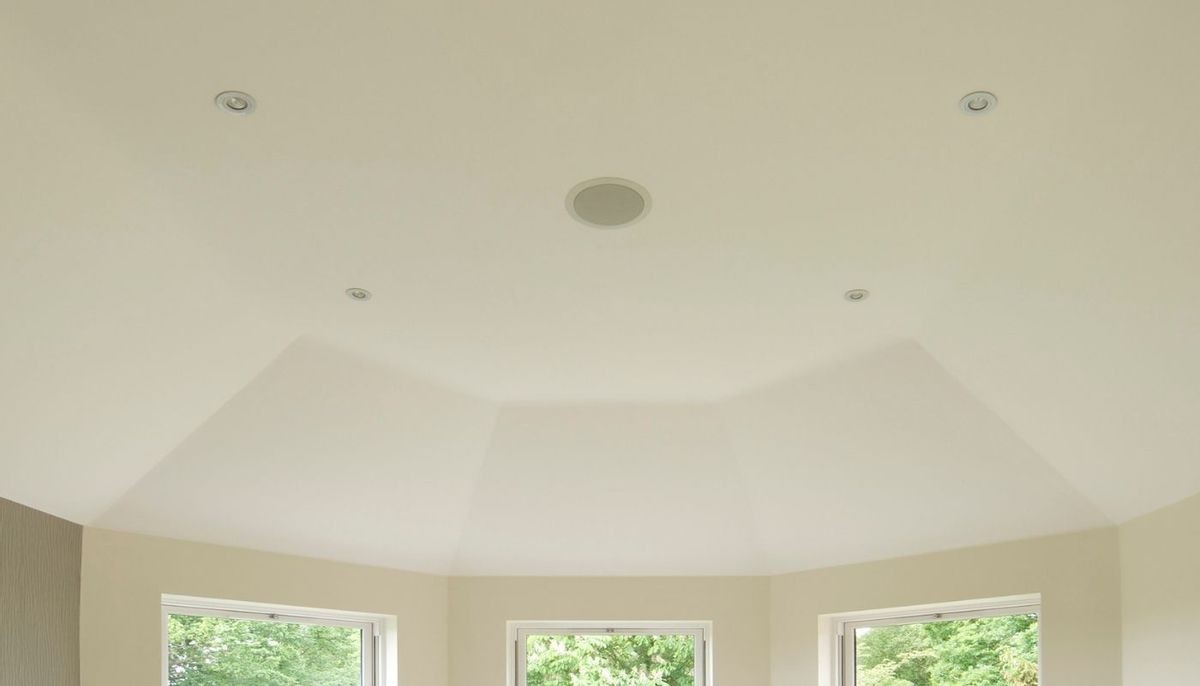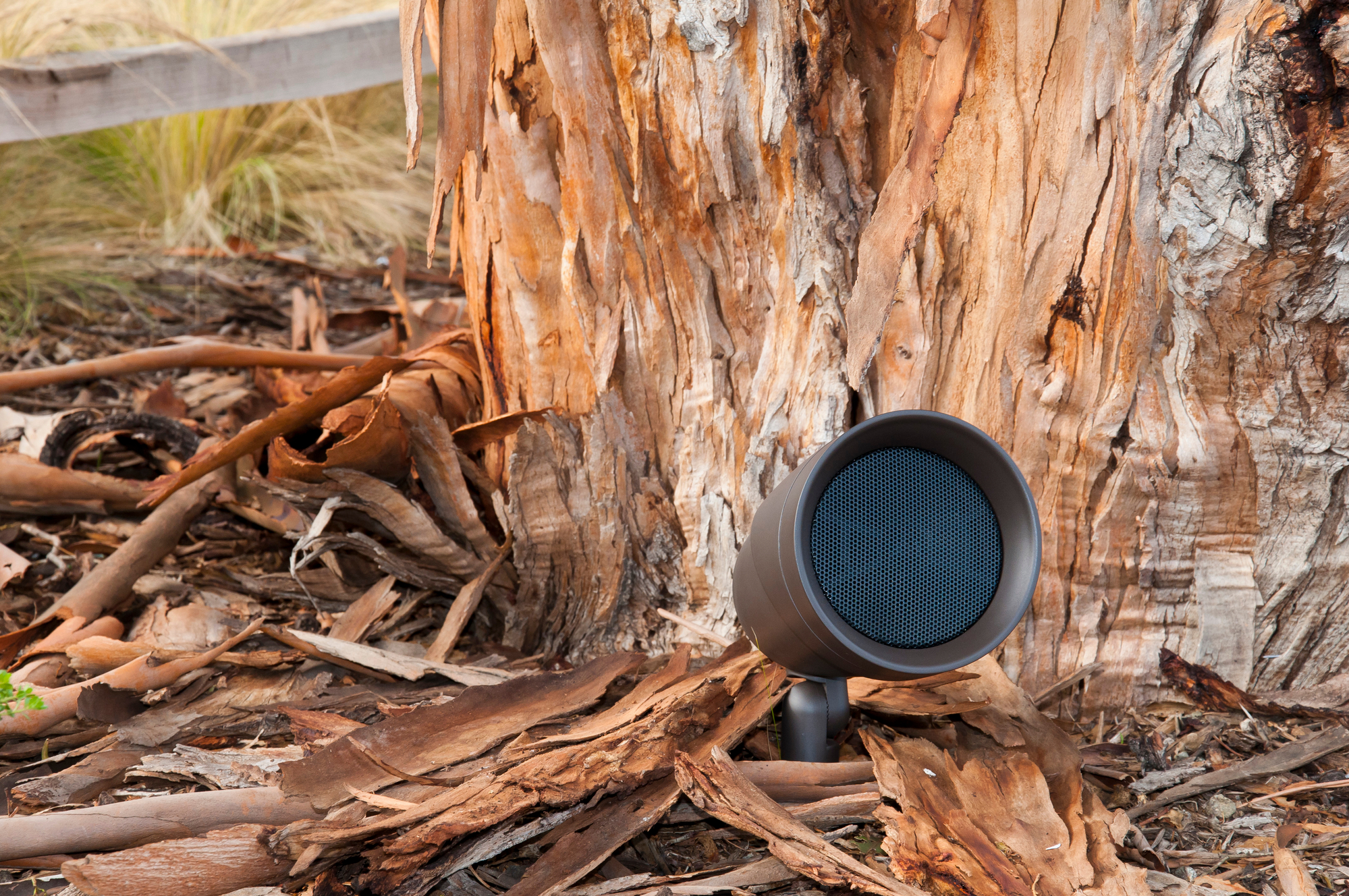Benefits of Smart Lighting
The benefits of smart lighting extend beyond the ability to adjust your lights automatically or remotely. There are here are several plus sides to having smart lighting, such as automation, energy savings, and so much more. You’ll discover that there can be more to lighting than just flicking on a switch, and we’ll show you just what we mean.
Automation & Setup
Smart lighting can be integrated individually or collectively. You can set timers to turn off the lights at a certain time, or you can program your lights to turn on and off when you’re not at home, simulating your presence. The fixtures of smart lights are the same as those of regular light bulbs, so there is no need to worry about complicated installation. Simply remove the old one and screw in the new one to install them! Use your app or device to connect them to your home, and you’re good to go in a matter of minutes.
Save Energy
Depending on how you set up your lights, you can get notifications about left on lights, so you can turn them off. Meaning there will be no more waste of light and a significant reduction in energy use, resulting in lower CO2 emissions. So, you can power your home while being eco-friendly. Also, smart lighting has a much longer average lifespan than standard lamps, so you don’t have to replace them as frequently.
Even though smart lighting is more expensive upfront, it will save you money in the long run. Smart lights use five times less energy than normal bulbs, and the ability to dim your lights can help you save even more money on your energy bills. Remember, the less energy your lights use, the better for the environment they are.
Mood Creation
Smart lighting also provides a more pleasant ambiance by detecting various aspects in a room and adjusting to those factors. Most smart lights also offer features that allow you to adjust the color or intensity so you can create a great movie atmosphere, work environment, or just a relaxing space.







